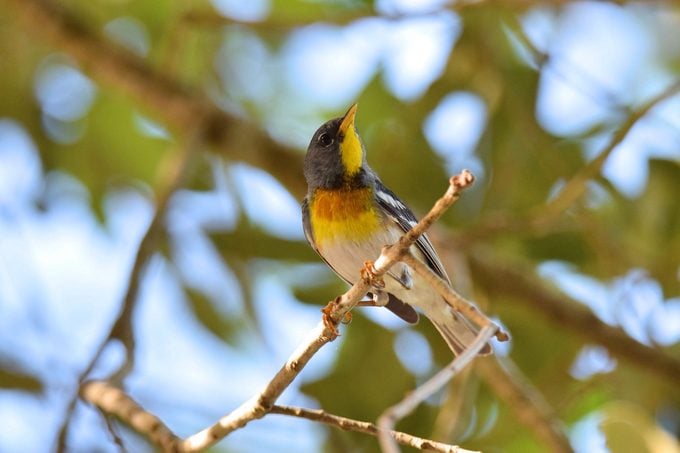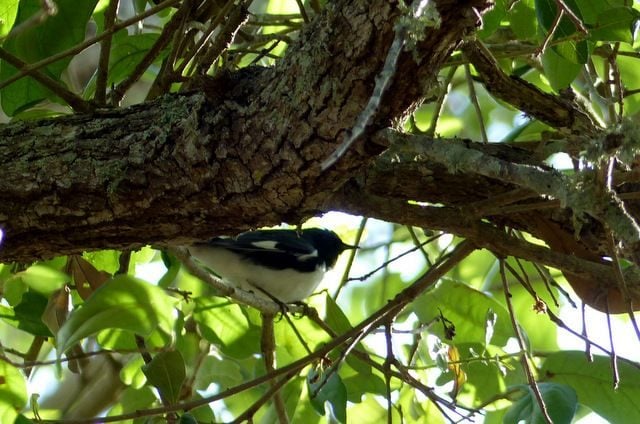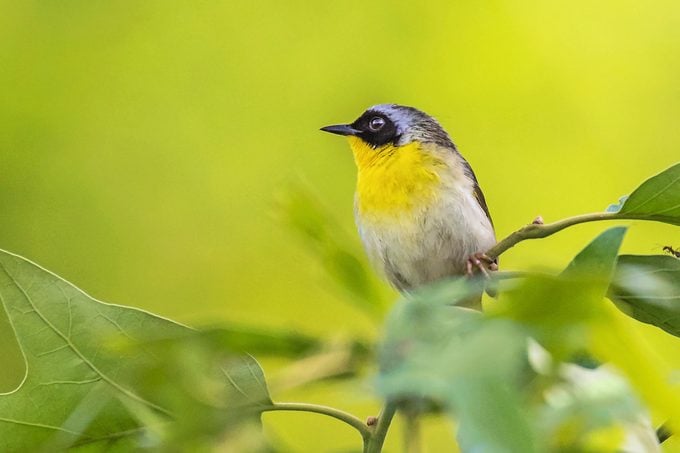Warbler Migration Tips for Every Type of Birder
Updated: Mar. 22, 2022
Even casual birders get excited during warbler migration season! Try these tips to identify the most warblers this spring.
Our editors and experts handpick every product we feature. We may earn a commission from your purchases.

There are many different kinds of birders. Some travel the world to find rare, exotic species. Some prefer to stay home, watching the visitors to their backyard feeders. Others are up at dawn, hiking the trails at the park with binoculars in tow. Migration season brings all these birders together, allowing even beginning birders the chance to see unusual species close to home. Warbler migration is especially fun in the spring, since these little birds are all wearing their best breeding colors. This time of year, a little extra effort can yield wonderful results. Here are a few tips to make the most of warbler migration season.
Follow BirdCast and Monitor eBird
A little planning can help you find many more birds. BirdCast offers birding forecasts by region, letting you know when to expect waves of birds and which types are currently arriving and peaking during migration. The eBird website and app allows you to search by hotspot, so you can take a look at other birders’ recent lists and see what you might expect to find. Discover more bird migration secrets.

Take Lots of Photos, Even Bad Ones
I consider a camera to be just as essential to birding as a good pair of binoculars. On a usual day of birding, I’ll take hundreds if not thousands of photos. Most of these are absolutely terrible and will be deleted that same day. But I find photography very valuable for helping to identify the birds I’ve seen. I’m still learning my warbler species, so I don’t always recognize them immediately. Even a blurry or far-off photo can help me ID birds when I get back home. You can also upload your birding photos into the Merlin app for a helping hand.
Learn About Warblers and Their Songs in Advance
Of course, the best way to enjoy birding is to learn to recognize more species by sight. Knowing their songs is even better, since it allows you to know what bird you’re looking for. There are many tools and books out there for getting to know warblers. I also recommend having a good field guide that you can consult along the way. These birding flashcards are another fun way to boost your birding knowledge. Learn how to identify yellow warblers, black-and-white warblers, magnolia warblers, Canada warblers and palm warblers.

Don’t Forget the Extended Warbler Family
Keep in mind that you also should look for birds in the warbler family that aren’t actually named warblers, such as the American redstart, ovenbird, Northern waterthrush, common yellowthroat and Northern parula.
Attend Birding Festivals or Field Trips
Birding festivals abound during warbler migration. One of the best is the Biggest Week in American Birding in Ohio, where you’ll often find Birds & Blooms editors in attendance. Your local Audubon society is likely to offer field trips during migration, too, so be sure to ask what they have going on. Note: Due to ongoing COVID-19 safety measures, be sure to either call ahead or visit the festival’s website for the latest information. Check out the top warbler hotspots to visit in spring.
Talk to Other Birders
While you’re out and about, don’t be afraid to talk with other birders. (You’ll recognize them by their binoculars and peculiar habit of walking along looking up into the trees rather than at the ground.) Nearly all birders are happy to share their spottings, and point you in the direction of a good find. Psst—in your own backyard, look for pine warblers at suet feeders.




















